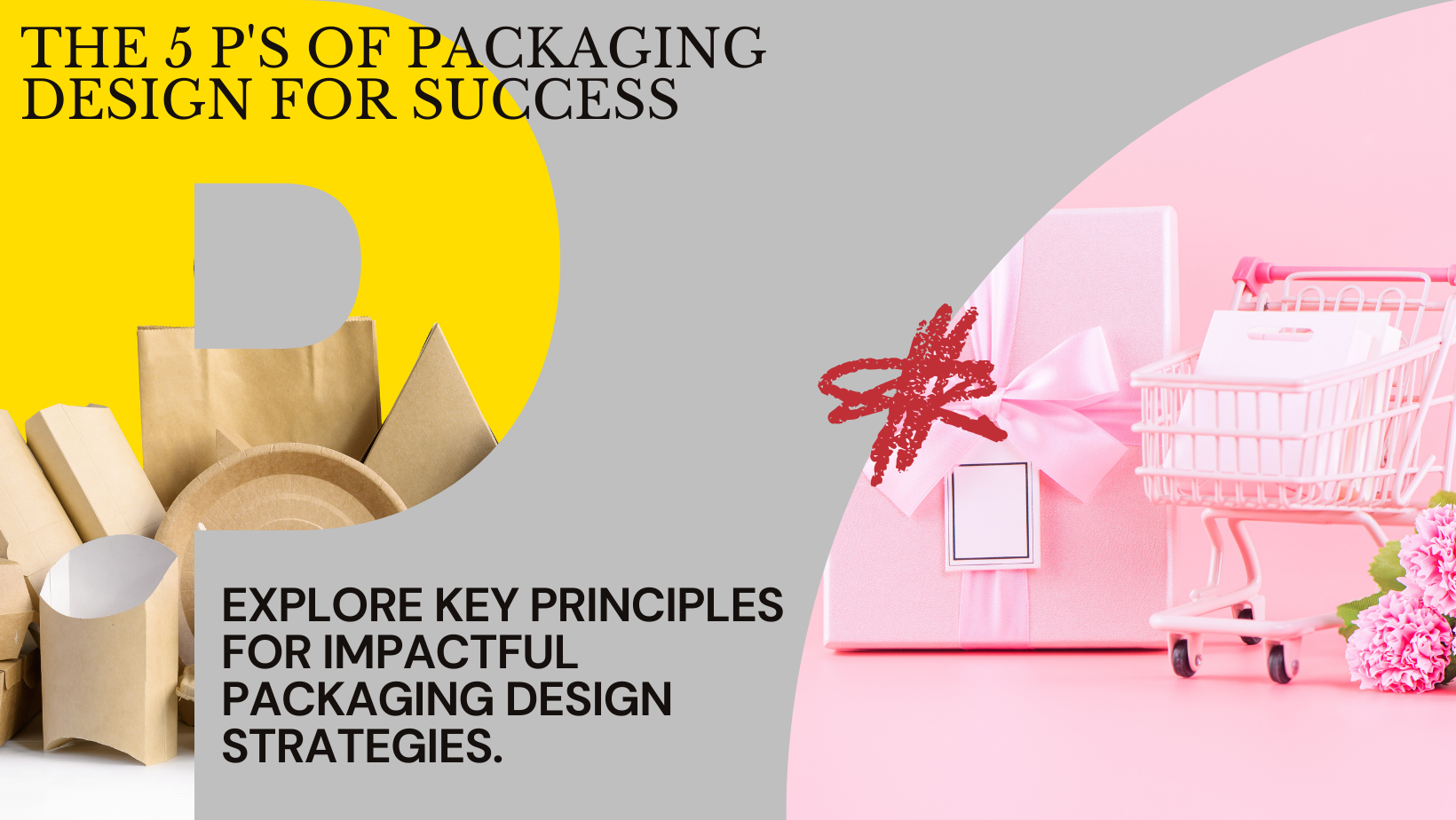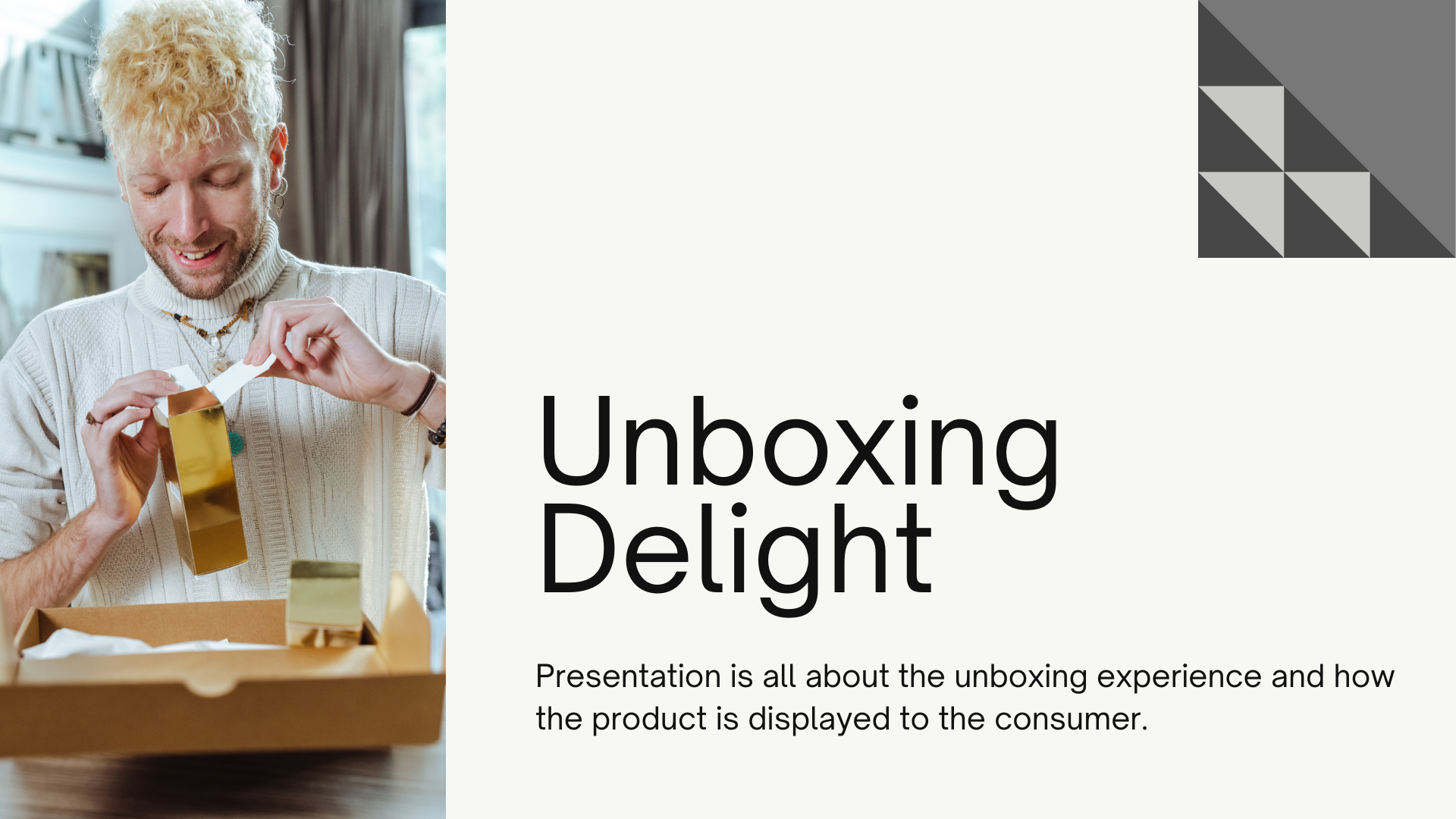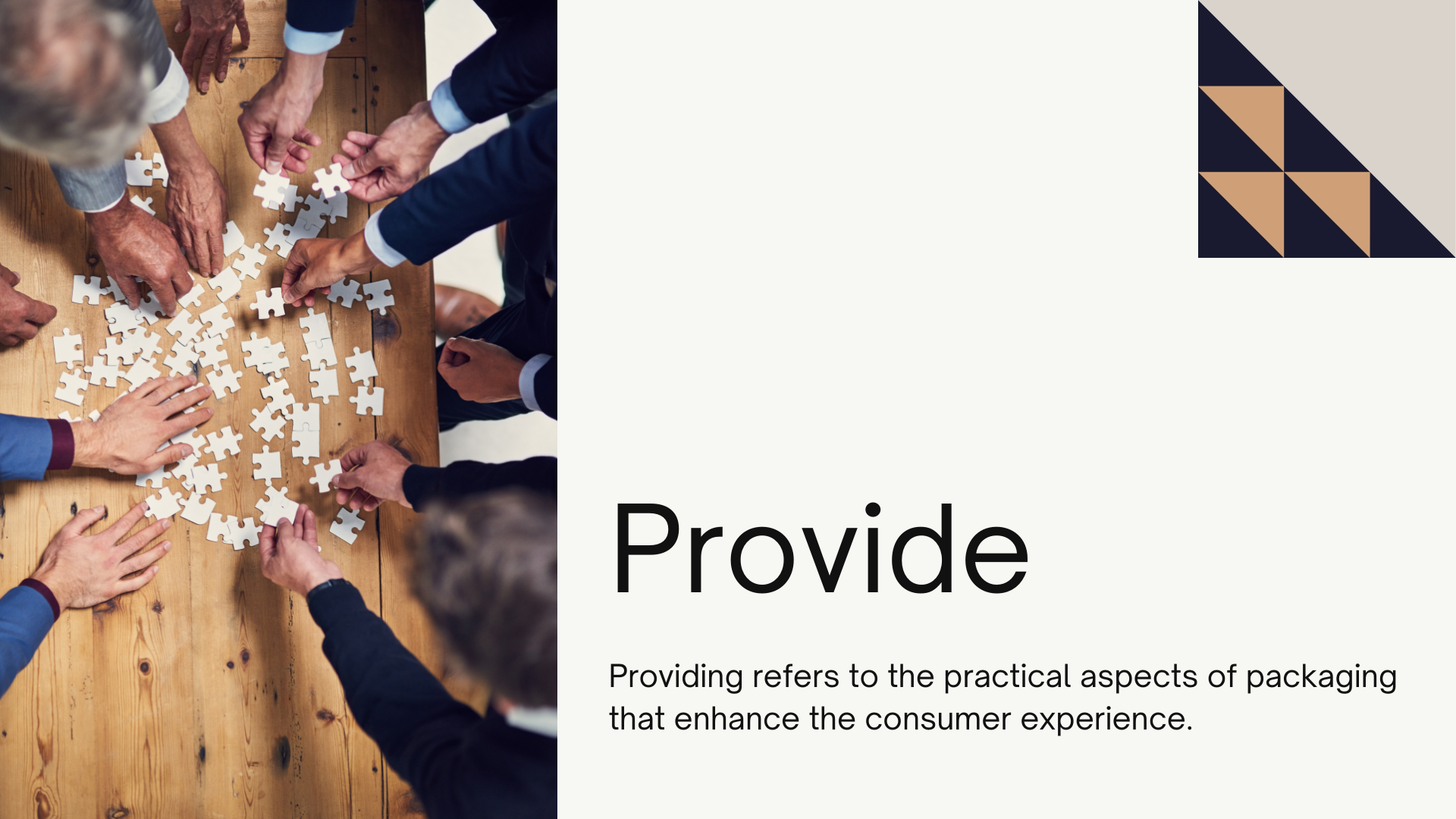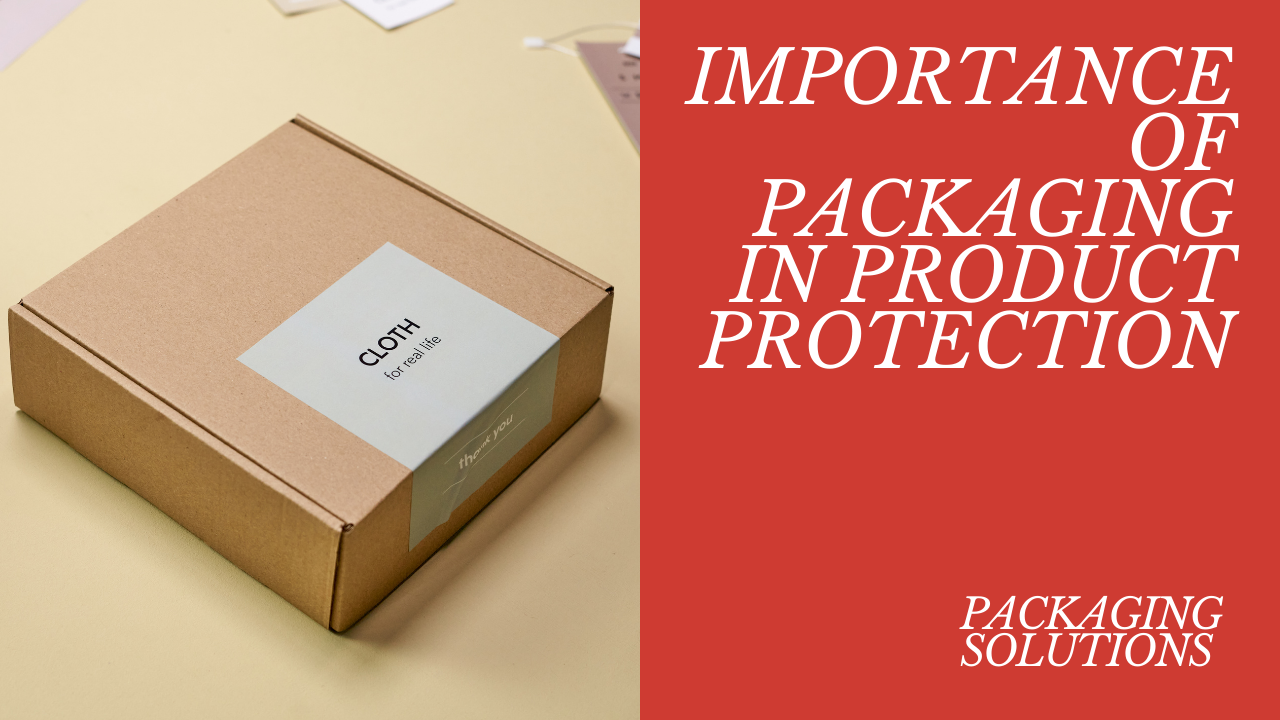The 5 P's of Packaging: A Comprehensive Guide to Effective Packaging Design

Packaging plays a crucial role in the success of a product. It's not just about containing the product; it's about creating a connection with the consumer, standing out on the shelf, and delivering an experience that goes beyond the product itself. The 5 P's of Packaging – Promote, Position, Present, Provide, and Protect – form the foundation of effective packaging design. Let's delve into each of these elements to understand how they contribute to creating packaging that works.
1. Promote

Promotion is about using packaging as a tool to market the product. Effective packaging should:
- Capture Attention: In a crowded market, your packaging needs to stand out. Bold colors, unique shapes, and eye-catching graphics can make a difference.
- Communicate Brand Values: Your packaging should reflect your brand's identity and values. Whether it’s eco-friendly materials for a sustainable brand or luxurious designs for a premium product, make sure the packaging tells your brand story.
- Highlight Key Features: Use the packaging to highlight what makes your product special. This could be through clear labeling, icons, or even windows that show the product inside.
2. Position

Positioning refers to how your product is perceived in the market relative to competitors. Packaging plays a key role in this by:
- Defining Market Segment: Whether your product is a high-end luxury item or a budget-friendly option, the packaging should communicate this. Materials, colors, and finishes all contribute to this perception.
- Aligning with Consumer Expectations: Understanding your target audience is crucial. Packaging should appeal to their tastes and preferences, whether that means sleek and modern designs for tech products or warm and earthy tones for organic goods.
- Creating Differentiation: Effective packaging sets your product apart from competitors. This can be achieved through innovative design, unique features, or even the story conveyed on the package.
3. Present

Presentation is all about the unboxing experience and how the product is displayed to the consumer. Important aspects include:
- Aesthetic Appeal: The packaging should be visually appealing and create a positive first impression. This involves a balance of colors, fonts, and imagery.
- Functionality: Good presentation also means practical design. Easy-to-open packaging, informative labels, and user-friendly features enhance the consumer experience.
- Consistent Branding: Ensure that all elements of the packaging are cohesive and consistent with your brand. This includes logos, color schemes, and overall design language.
4. Provide

Providing refers to the practical aspects of packaging that enhance the consumer experience. This includes:
- Information: Clear, concise information about the product, usage instructions, ingredients, and other relevant details should be easily accessible.
- Convenience: Packaging should be designed for ease of use. Features like resealable bags, easy-pour spouts, and ergonomic handles add value.
- Sustainability: With growing environmental awareness, providing eco-friendly packaging options can be a significant selling point. Biodegradable, recyclable, or reusable materials are increasingly important to consumers.
5. Protect

Protection is the primary functional requirement of packaging. It ensures the product reaches the consumer in perfect condition. Key considerations include:
- Durability: The packaging must withstand the rigors of transportation and handling. This involves choosing the right materials and construction methods.
- Safety: Ensure that the packaging protects the product from contamination, tampering, and environmental factors like moisture or light.
- Regulatory Compliance: Packaging must meet all relevant safety and regulatory standards to ensure it is safe for consumers and legally compliant.
Conclusion
The 5 P's of Packaging – Promote, Position, Present, Provide, and Protect – form a comprehensive framework for designing effective packaging. By focusing on these elements, brands can create packaging that not only serves its basic purpose but also enhances the consumer experience, communicates brand values, and stands out in the marketplace. Whether you are a start-up launching a new product or an established brand looking to refresh your packaging, keeping these 5 P's in mind will help you create packaging that truly works.